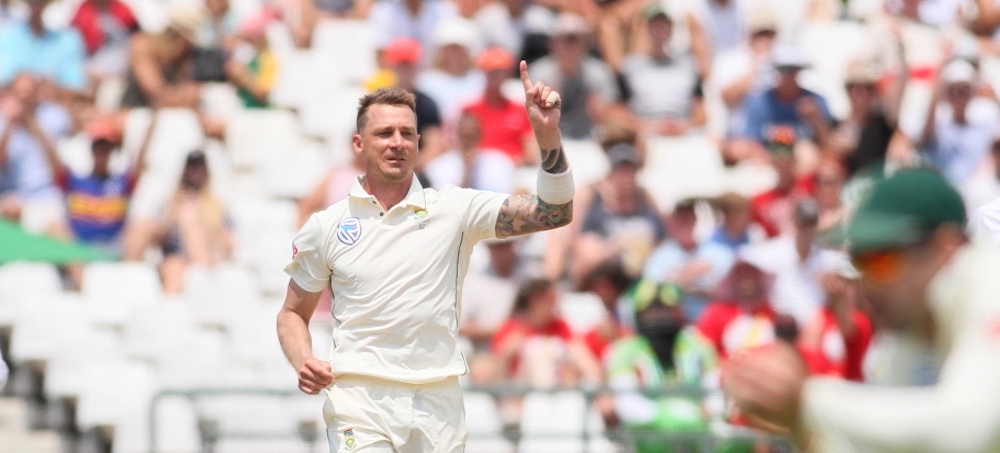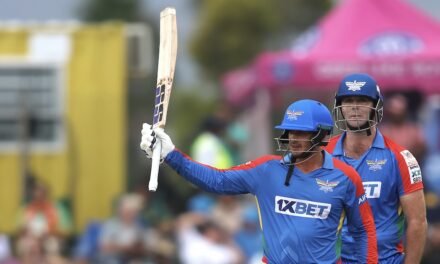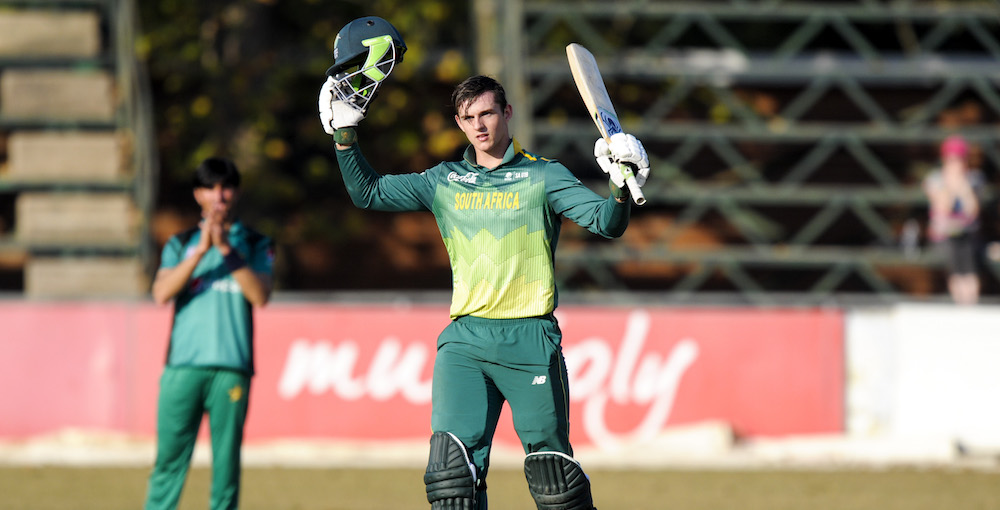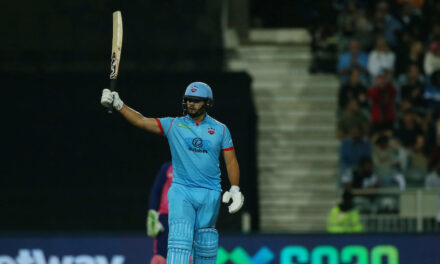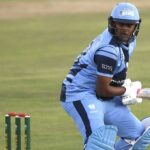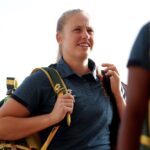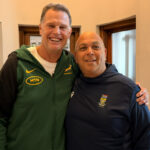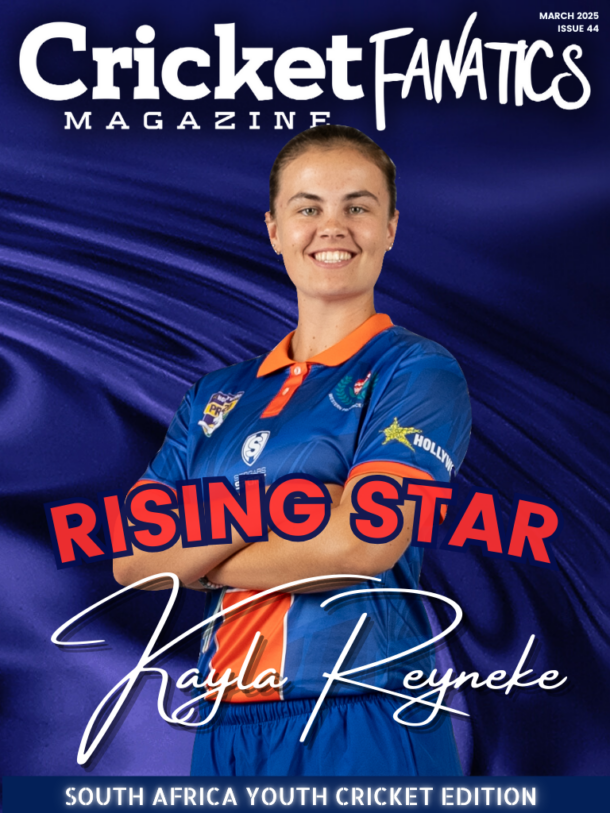In 1995, Paul Adams became the youngest player ever to represent the South African national cricket team. His journey to the pinnacle of the cricketing world is much like his bowling action: unexpected, extraordinary and filled with ups and downs, writes Keanan Hemmonsbey
The year 1994 is significant in the context of South African history. The country had its first democratic elections and the African National Congress (ANC) became the first democratically elected party in South Africa’s history.
Meanwhile, at Plumstead High School, a baby-faced, 17-year-old Paul Adams is in his matric year wondering what he would do after high school.
Paul’s introduction to sport and cricket began in the early 1980s. The backyard of his home in Grassy Park was his own Newlands Stadium where he and his siblings played every sport they could think of. They slide-tackled each other, kicked to the rugby posts, and bowled bouncers at each other’s heads. “Sport was a part of our life,” says Paul about his childhood.
While still wet behind the ears, Paul competed against his three older siblings. Noel Adams, Paul’s brother closest to him, both in age and in relationship proximity, took Paul under his wing. “We did everything together, even though he was four years younger than me. They used to call him my ‘stertjie’ [tail],” says Noel.
The cricket bug bit Paul in those pre-teen days in the Southern Suburbs, and he decided to join a cricket club. He started at the now-defunct Crusaders Cricket Club (cc) in Grassy Park. He soon left and settled at the reputable Blue Bells cc also in Grassy Park. At Blue Bells cc he played against teams from all around Cape Town.
One of those teams was Plumstead High School. After the match against Plumstead High School, Paul was invited to register and attend the school. “Plumstead High identified me and said ‘Come to our school. We have good facilities. We’d like you to come here and you’ll be provided with new avenues,’” says Paul.


The self-discovery of Gogga
Paul started out as a top-order batsman and a fast bowler. “I was regarded as quite quick in my days as a fast bowler. And I would struggle to get him out. I actually thought that he would excel as a batsman,” says Noel about his brother’s batting ability.
“He would sometimes bat for most of the afternoon [because we couldn’t get him out],” continues Noel jokingly. Paul discovered new avenues at Plumstead High School, including the art of spin bowling. “I only took up spin bowling at 16,” says Paul.
Paul’s cricket metamorphosis continued as he worked on his craft. “I developed my own unique grip with tennis balls in the [back]yard, with the two fingers that I held the ball,” says Paul. The way he gripped the cricket ball was far from the most unique thing about the way he bowled.
Paul’s bowling action has long been an object of fascination. He was famously described as a “frog in a blender” by former England cricketer Mike Gatting. “I used to be a fast bowler and had the same action,” Paul laughs. It is hard to imagine how Paul extracted pace as a fast bowler while contorting his body in such an unorthodox manner.
It is, however, not hard to imagine how Paul got his nickname, Gogga, which is the Afrikaans word for ‘insect’. His head would face upwards and his limbs would go in strange, varied directions as he delivered the ball. This made him look like he had more than four limbs. Like a gogga.
Cricket made easy
Paul’s love for cricket engendered him to play two matches on Saturdays. “After school matches, I went to Blue Bells [cc] to play for them,” says Paul. “I would play for the [senior] third team or the fourth team at the club,” he continues. Travelling from cricket ground to cricket ground during high school was always a challenge for him. But it would not thwart his ambitions. “Getting around was tough. It was either with a taxi or with my bicycle, [carrying] a big cricket bag. It was a big effort, but I wanted [to succeed] and that showed how much I wanted it,” he says.
In June 1995, Paul’s mother, Rachel Ann Adams, had asked Paul what he was going to do with his life. At the time, he was 18 years old, had matriculated from Plumstead High School the previous year, and the only thing that ran through his mind was running in to bowl what would soon become a trademark bowling action.
After having spent most of his adolescent years at Blue Bells cc, Paul felt that he needed a new challenge. “I asked myself: ‘How do I play in a higher division than Blue Bells cc?’ That’s when I moved to St. Augustine cc, [and played] alongside the likes of Craig Marais and Allison Johnson,” says Paul.
He starred in his first match for his new club, which set off an unprecedented set of events. “I picked up an eight-for [eight wickets in one innings] in my first game [for St. Augustine cc],” Paul explains.
After this match, Paul’s cricketing career accelerated drastically. “I got picked in the Western Province B side to play against Easterns,” says Paul. “I played that game [against Easterns]. I arrived back home. Then I was on a flight again because I was selected in the Western Province A side, playing with Gary Kirsten, Eric Simons… All the big players were in that team.”

The sudden rise to the summits of cricket in South Africa was an admittedly nerve-wracking experience for him. “I’ve just come out of school. I couldn’t say two words. I was very silent, but all I wanted to do was play cricket,” says Paul.
The higher stakes brought out the best in Paul. “I played against Northerns on my debut game. I picked up a six-wicket haul in the second innings. It was a televised game,” says Paul. “It was quite daunting as a young player from Grassy Park.”
Paul’s rise up the South African cricket ladder happened swiftly. “Next thing I know, while we were still busy playing, they announced the South African A side, and I got picked in that team to play against England.”
Suddenly Paul was travelling to places he had never been before to play against players he had only seen on television. “From there I had to fly to Kimberley. I had a look at the team and I was like, ‘Hey, this is Graeme Hick, Alec Stewart, Darren Gough, all of the big boys are here,’” says Paul excitedly.
“When I think back, it was very much a blur. It all happened quickly. I picked up a four-for [four wickets] and a five-for [five wickets] in the two innings,” says Paul as he reflects on the experience.
This match started the media’s fascination with Paul. “My face is all over the world now from the English media going ‘Who’s this kid? He’s new. He’s got something different. He’s taking wickets,’” says Paul.
The first three official test matches between England and the Proteas were drawn. “South Africa struggled to bowl out England in the first few test [matches] and questions started to arise over the selection,” he says.
“[The next] selection comes. Bang! I’m in the test squad,” Paul says enthusiastically.
On 26 December 1995, six months after his mother, Rachel Ann, had asked him what he was going to do with his future, Paul Adams, then still 18 years old, ran in to bowl his first international delivery, playing for South Africa’s national cricket team, the Proteas, against England.
This day was not only momentous in Paul Adams’s life, but in the history of South African cricket. At the time, Paul was the youngest player ever to represent the Proteas and was also the first player of colour to represent the Proteas post-Apartheid.
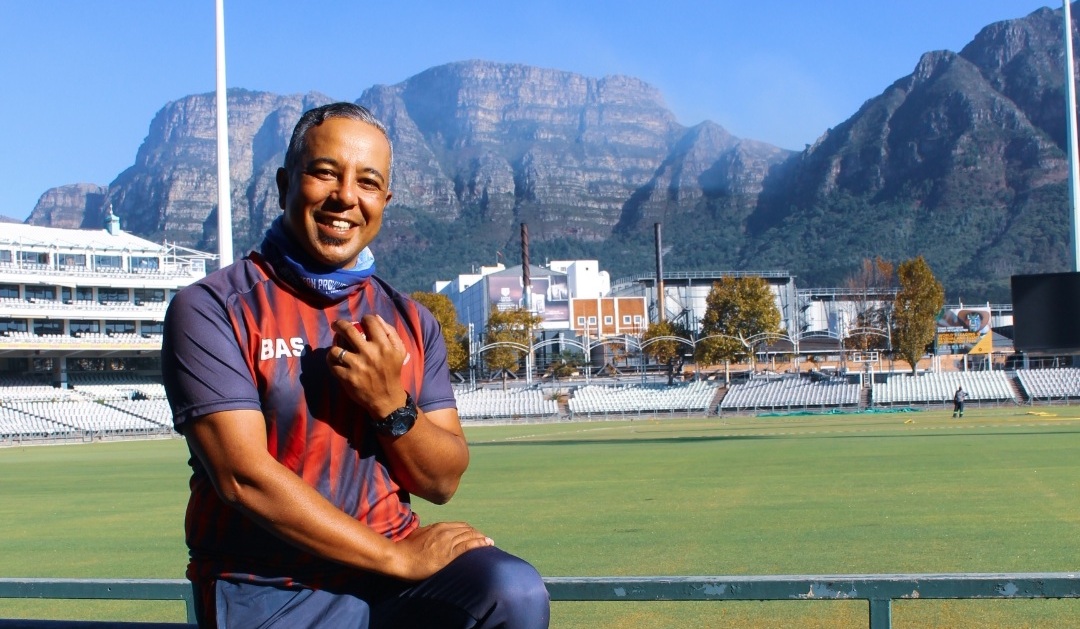
Retirement and beyond
Paul retired from cricket at the age of 31, an age considered young for a spin bowler. The webs that Paul used to spin around batsmen in the early parts of his career, had slowed down considerably. But his love and passion for the game did not. Paul pursued a career in coaching, which, similar to his international playing career, he took to like a tadpole to water.
He took over as head coach of the Cape Cobras at the age of 35, while many of his former teammates were still playing.
“In 2012 we appointed him as coach of the [Cape] Cobras. He won five trophies in three years. He was spectacular for us,” said André Odendaal, historian, cricket writer, and former CEO of the Cape Cobras cricket team.
Paul maintained his kind and gentle persona. “What was special about him – to me – was that he was a helluva nice person. He always had a smile on his face. He was always polite to everyone in the workspace. [This proves] nice guys don’t always come second,” said Odendaal.
Paul has lived a full cricketing life, having successfully played international cricket and coached domestic cricket. Now, at 44, Paul works at the Western Province High-Performance Centre, moulding and guiding South Africa’s future Goggas.
This article by Keanan Hemmonsbey was originally published by MatieMedia on 1 July 2021. Read the original article here.
PHOTOS: Keanan Hemmonsbey

